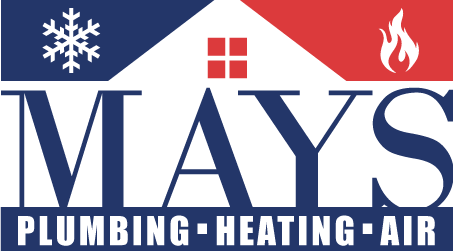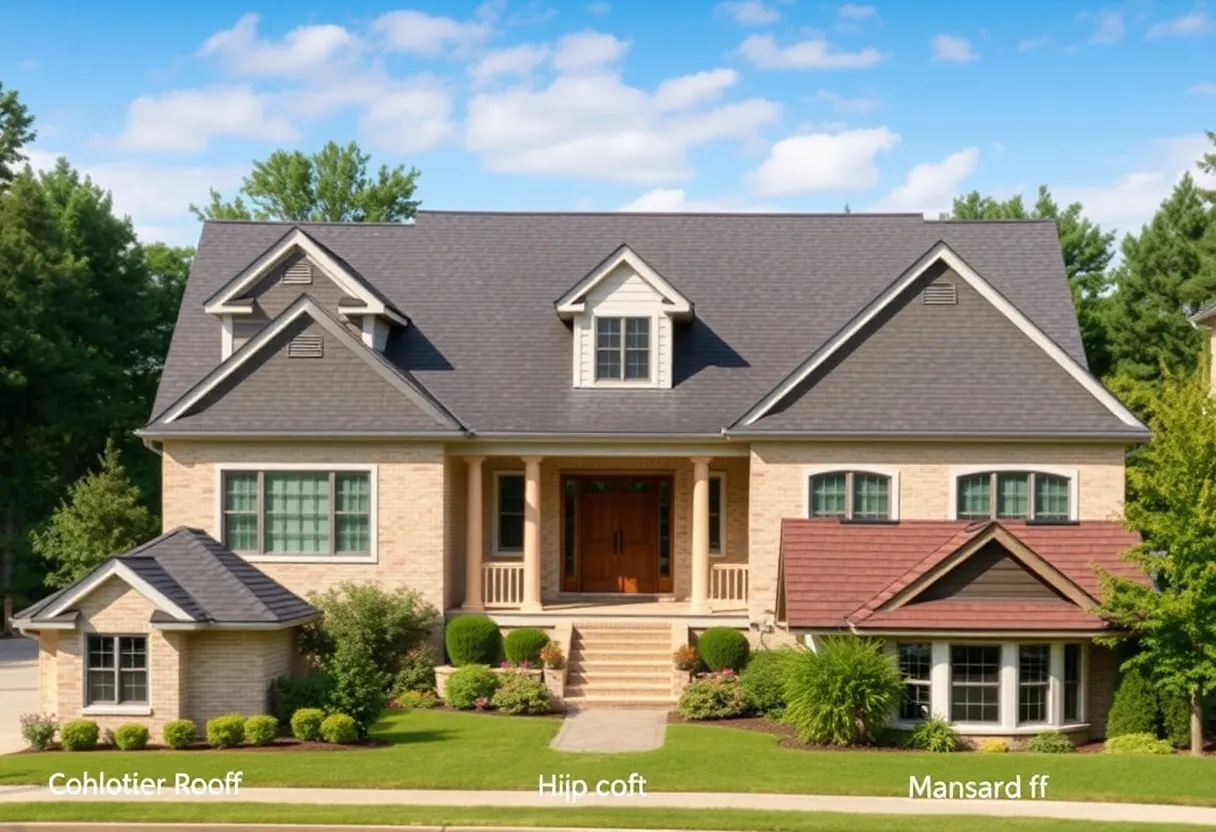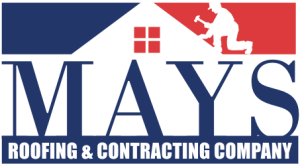How to Choose the Right Roof Type for Your House’s Unique Aesthetic
Choosing the appropriate roof type for your house is a significant decision that impacts more than aesthetics. A roof serves as a protective layer against the elements and contributes to the overall structural integrity and energy efficiency of your home. In this article, we will explore various roof types, their advantages, and considerations regarding aesthetic appeal.
Understanding Roof Types
There are several common roof types, each offering distinct characteristics, advantages, and aesthetic options. Understanding these will help you make an informed decision.
1. Gable Roof
The gable roof is one of the most prevalent styles found in residential architecture. This type consists of two sloping sides that meet at a ridge, forming a triangular shape.
- Advantages: Simple design, effective drainage, and versatility in style.
- Aesthetics: Can be adorned with various materials such as shingles or metal. Its clean lines suit both traditional and contemporary homes.
2. Hip Roof
A hip roof features slopes on all four sides, converging at the top, which provides a more stable structure compared to a gable roof. This design is particularly effective in areas with high wind or snow loads.
- Advantages: Enhanced durability against harsh weather and ample interior space.
- Aesthetics: Offers a more subdued and elegant look, working well with both modern and craftsman-style homes.
3. Flat Roof
Flat roofs have minimal pitch, making them a popular choice for modern architecture. They offer a contemporary aesthetic but require careful planning to ensure effective drainage.
- Advantages: Cost-effective, easy to maintain, and can serve as usable outdoor space (e.g., roof gardens).
- Aesthetics: Complements minimalist designs, especially in urban settings.
4. Mansard Roof
The mansard roof is characterized by two slopes on each of its sides, with the lower slope being steeper than the upper. This design allows for an extra living space or attic area.
- Advantages: Maximizes usable space and can create a unique visual impact.
- Aesthetics: Often associated with French architecture, ideal for historic or traditional homes.
5. Shed Roof
The shed roof design features a single, slanted roof plane, which can deliver an attractive, modern appearance. It’s commonly used in contemporary and industrial-style homes.
- Advantages: Great for capturing natural light through clerestory windows.
- Aesthetics: Provides a streamlined look, complementing modern architecture.
Factors to Consider When Choosing a Roof Type
Several factors influence the choice of roof type. Understanding these will guide you to the right decision based on your specific needs.
1. Architectural Style
The existing architectural style of your home should play a fundamental role in your decision. A roof type that is incompatible with your home’s design can look out of place and detract from its overall appeal. For instance, a sleek, flat roof may complement a mid-century modern home, while a gable roof might better suit a colonial-style house.
2. Climate
Your local climate significantly affects roof performance and longevity. Different styles perform better in specific weather conditions:
- Extreme Rainfall: Gable and hip roofs effectively channel water, providing better drainage.
- Snowy Regions: Steeper roofs are preferable to prevent snow accumulation.
- Windy Areas: A hip roof offers greater stability during storms.
3. Budget
Budget constraints can limit your options. Special roofing materials, unique designs, and installation expenses vary widely. Traditional asphalt shingles are generally more affordable, while metal or slate roofs may require a higher investment but offer enhanced durability.
4. Energy Efficiency
Consider the energy efficiency of various roof types. Different materials can have a significant impact on your home’s heating and cooling costs. For example:
- Metal Roofing: Reflects sunlight, helping to keep homes cooler.
- Shingles: Traditional asphalt can retain heat, making homes warmer in winter.
5. Maintenance Requirements
Assess your willingness to maintain a specific roof type. Some materials require more upkeep than others. For example:
- Metal and Tile Roofs: Generally low-maintenance.
- Wood Shake Roofs: Require regular inspections and treatments for rot and pests.
Matching Roof Types with Aesthetic Goals
Your aesthetic preferences play a critical role in selecting the right roof type. Here’s a closer look at how specific styles can enhance your home’s curb appeal:
1. Rustic and Traditional Homes
For rustic or traditional homes, consider roofs like:
- Gable Roofs: They blend seamlessly into classic styles.
- Hip Roofs: Offer a timeless elegance that complements older architecture.
- Wood Shake Roofs: Provide an organic look that enhances the rustic appeal.
2. Contemporary and Modern Homes
For modern aesthetics, you may want to look into:
- Shed Roofs: Simple yet striking, emphasizing clean lines.
- Flat Roofs: Perfect for creating a sleek, urban vibe.
- Metal Roofs: Add a unique texture and design that aligns with modern trends.
3. Victorian and Historic Homes
Victorian-style homes benefit from:
- Mansard Roofs: Iconic and highly recognizable design, adding character and space.
- Gabled Roofs: Great choice for decorative elements like dormers and gables.
4. Eco-Friendly Designs
If sustainability is a priority, consider eco-friendly roofing options:
- Green Roofs: Living roofs with vegetation that enhance insulation and aesthetics.
- Solar Tiles: Roofs designed to generate electricity while providing a stylish appearance.
Consulting with Professionals
Before making a final decision, consult with roofing professionals or architects. They can provide expert advice tailored to your circumstances. Here are a few points to cover in discussions:
- Aesthetic Goals: Share your vision for how you want your home to appear.
- Regulations: Confirm local building codes and regulations that might impact your choice.
- Installation Risks: Understand the complexities and potential issues related to your chosen style.
Final Thoughts
The roof you choose affects not only the appearance of your home but also its functionality. Implementing a well-considered approach will help you select a roof type that aligns with your aesthetic preferences while meeting structural and performance requirements.
Ultimately, the aim should be to create a cohesive look that complements your home’s design, adheres to your climate’s demands, and suits your financial considerations. By weighing the facts presented, you can confidently make an informed decision that enhances the beauty and efficiency of your residence for years to come.
Author: HERE Greenwood
The GREENWOOD STAFF WRITER represents the experienced team at HEREGreenwood.com, your go-to source for actionable local news and information in Greenwood, Greenwood County, and beyond. Specializing in "news you can use," we cover essential topics like product reviews for personal and business needs, local business directories, politics, real estate trends, neighborhood insights, and state news affecting the area—with deep expertise drawn from years of dedicated reporting and strong community input, including local press releases and business updates. We deliver top reporting on high-value events such as the Festival of Flowers, Greenwood Community Theatre performances, and agricultural showcases at the Greenwood County Fairgrounds. Our coverage extends to key organizations like the Greenwood Chamber of Commerce and the Greater Greenwood United Ministry, plus leading businesses in manufacturing and healthcare that power the local economy such as FujiFilm Manufacturing and Self Regional Healthcare. As part of the broader HERE network, including HERECharleston.com, HEREColumbia.com, HEREGreenville.com, and HEREHiltonHead.com, we provide comprehensive, credible insights into South Carolina's dynamic landscape.




 Mays Contracting
Mays Contracting

